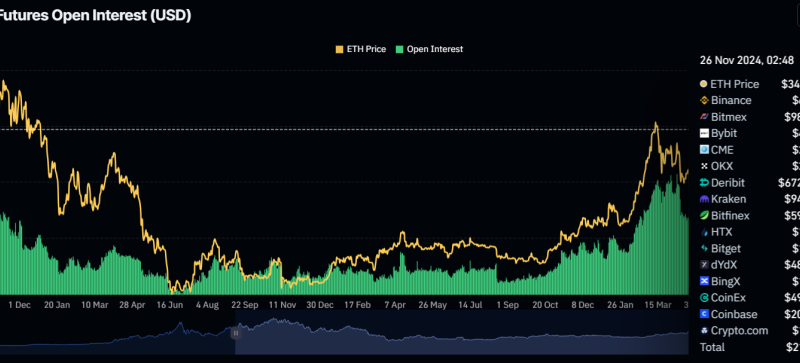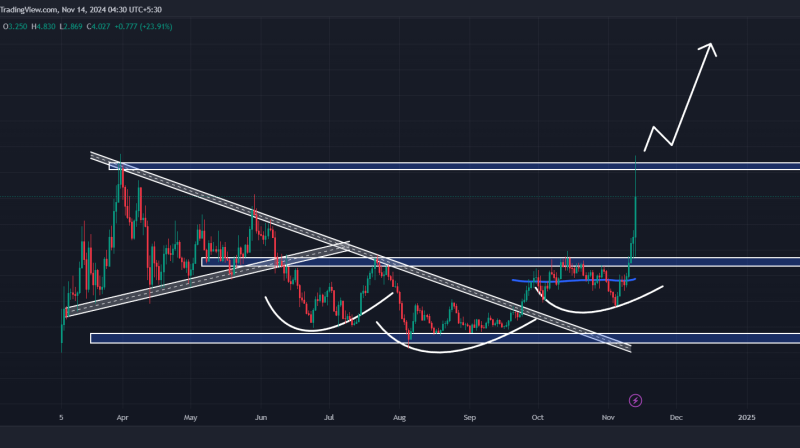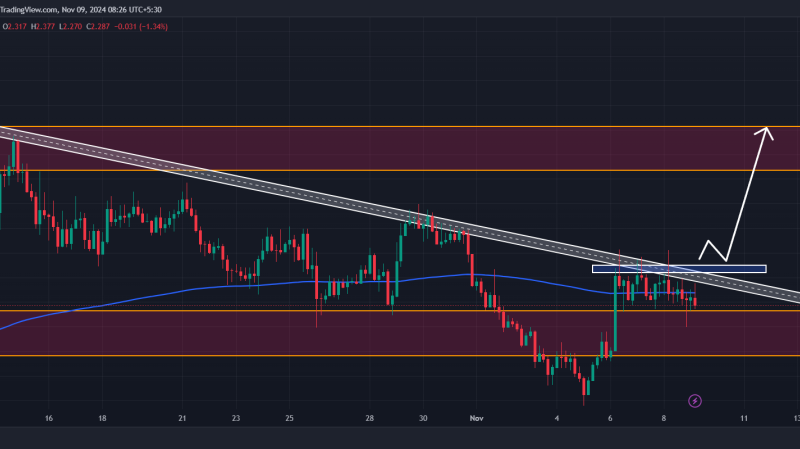
There may not be a more distinctive, or visually-engaging coin than the Lydian stater. Introduced in the middle of the seventh century BCE, the stater was the first coinage system. He was the one to receive a government-backed insignia, securing its value as a means of trade.
After King Croesus converted to a then-groundbreaking bi-metallic minting process, the stater became the basis for nearly every coinage system to follow. So what made the stater so innovative? Rory Brown, the Managing Partner of Nicklaus Brown & Co., discusses the composition and appearance of Lydian coins below.
Precision
Early staters mint with electrum, the same metallic alloy that other coins of the day used. Electrum is a naturally-occurring mix of gold and silver. This mixture offers coins the inherent value of precious metals paired with the durability of an alloy. However, because the exact proportions of the constituent metals weren’t knowable, it was never fully clear what a given coin was inherently worth.
Croesus, the last and most famous Lydian king, realized that using pure metals was a more reliable means of matching inherent value to ascribed value. He switched to a coinage system that used pure gold and pure silver coins. Using pure metals and exact weights, the value was easy to establish.
Composition
The new gold and silver staters were made to be as pure as possible. Coins at that time were measurable in terms of weight, as opposed to value. The gold stater weighed 126 grains or grains of wheat. The silver stater weighed 168 grains.
This was a deliberate choice on Croesus’s part. It is because he wanted to create a consistent exchange rate between the gold and silver versions of his coins. A gold stater was worth exactly ten silver staters. Also, this clean exchange between the two metals helped the stater’s adoption. Basically, as a regional currency in the ancient Aegean world.
The Lion and The Bull
The shape of a Lydian stater didn’t match the flat, circular piece of metal we generally think of as a coin shape. In fact, the shape wasn’t regular at all. Staters usually had a semi-flattened, blob-like form that resembled a range from oval to bean-shaped. The exact shape didn’t matter because the coin’s value was based on weight, not presentation. It was because the stamp was far more important visual element than its shape.
Lydian staters were decorated with the image of a lion squaring off against a bull. This was a long-standing motif in the ancient world, but Lydian kings adopted it as their sigil. Also, by stamping it on their coinage, they established an indelible connection between the stater and their kingdom. This wasn’t something that had been done before, and it afforded the stater a level of credibility unsurpassed in ancient history.
It was the combination of the Lydian state seal and the pure, precise composition of the metals in the coins, along with a simple exchange rate that allowed the Lydian stater to dominate trade in Western Asia Minor for decades.
About: Mr. Rory Brown is a Managing Partner of Nicklaus Brown & Co., the Chairman of Goods & Services, Nearshore Technology Company, and a member of the board of directors of Desano.
Mr. Brown has focused on financial technology and investment management over the course of his career. He was a Founder and Chairman of one of the first Internet Banks, a Founder and Chairman of a $50 billion investment management platform, and the Chairman of a Registered Investment Advisor focused on high net worth individuals and families. Mr. Brown was named Financial Services Entrepreneur of the Year by Ernst & Young and has been a founder of multiple companies that have been included in the INC 500. Mr. Brown received a Master of Business Administration from the University of Charleston and is a Certified Public Accountant.
He is passionate about delving into the history of money and how our modern currency has evolved into what it is today. In his spare time, he writes about the history of the Lydians – the first civilization to use gold and silver coinage.
Note: This article is for an informational purpose only. Coinpedia is not responsible for the accuracy of the content provided in the article. Thereby, readers are advised to consider the company’s policy & T&C before making any investment.
The post appeared first on Coinpedia






